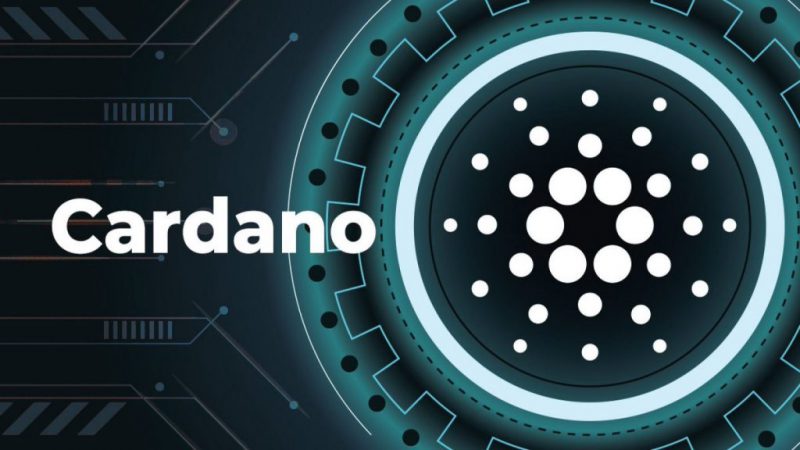The Cardano (ADA) network hit 96% load yesterday, causing some concern among users. CTO and co-founder of DC Spark, Sebastien Guillemot, took to Twitter and shared the development with his followers. Although the ADA network got very close to its maximum capacity, it did not touch 100%. However, if the network capacity had reached 100%, what would have happened? Let’s find out.
The Cardano (ADA) network does not implement transaction prioritization. Transactions are executed on a first-come-first-serve basis. Therefore, if the network touched its max capacity, transactions would have queued up. The higher the load gets over 100%, the longer users would need to wait. Moreover, some transactions might not even have made it to the block. Guillemot said that this is because of “light wallet mempools hitting capacity,” which means that the mempools are full.
Due to the congestion, stake pools would start selling priority access. Users would need to pay stake pools to get their transactions verified. Pools could also sell priority access to dApps and may prioritize some DEXs over others. This is not the first time Cardano (ADA) has hit its maximum load. A similar event took place during the bull run of 2021.
How can Cardano tackle this problem?
Since the last time it hit maximum load, significant scalability improvements have been made to the ADA network. Therefore, the project is a lot more capable than before. However, it did not stop the network from almost reaching its limit. This sheds light on the need for more scalability in ADA’s infrastructure.
One way of addressing the maximum load issue is to increase the block size. Increasing the block size can make room for more transactions, and may also help reduce fees.
According to Guillemot, “More dApps migrating to Plutus V2” will also make a “huge difference.” As per the Cardano team, the Plutus V2 Cost Model network upgrade improves the operational effectiveness of dApps. In order to increase the network’s capacity, Guillemot also discussed the potential use of Input Endorsers and alternative smart contract platforms like Aiken. The team can also use sidechains and layer-2 networks to drive traffic off the layer-1 network.
Regardless, there are plenty of improvements that the ADA team can undertake to improve the efficiency of the network. Although ADA is one of the most popular crypto projects out there, there are still scalability issues that persist. Nonetheless, ADA has consistently topped the charts in terms of network development activity. At press time, the network load on Cardano (ADA) was at 64% in the last hour, and 66% in the last 24 hours.





